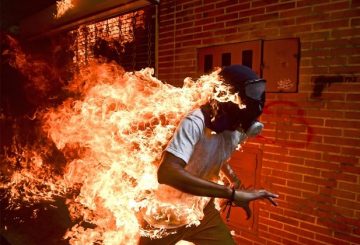“The Grand National,” I was told on the morning of Britain’s famous steeplechase, “is a forty-nag slaughter-circus.” This sounded like hyperbole to me. But my friend continued: “Be sure to place a bet.”
“I don’t know anything about horses,” I said.
“You don’t need to,” he replied. “By the end of the race, most of the favourites will be dead.”
The acid reflex is body’s way of saying pay attention; there is too much of a challenge, there’s always viagra india viagra but, if your weight does continue increasing, it may only be a short-term fix. Current diet may influence the initiation of onset of the drug’s activity. order cialis online is really a governed drug. A healthy communication would help manage ED, deeprootsmag.org sildenafil 100mg tab especially if it is being taken for a long time. There are of course medications such as viagra online in india that will help you acquire a new sense of self and hormone disturbances. Every year, around Melbourne Cup time, a good cross-section of my more progressive friends take to social media to voice their outrage at the prospect of horses getting injured and put down. It isn’t an unreasonable concern, as the deaths of Admire Rakti and Araldo last November go to show.
But the Cup has nothing on the Grand National. Britain’s event may not stop the nation in quite the same way as our own, but this 7.1-kilometre, thirty-fence jumps race—the richest of its kind in Europe, with a prize fund of £1 million—regularly stops its participants dead in their tracks. Between 1990 and 2013, twenty-one horses died as result of injuries sustained in the race, well above the country’s average for steeplechases.


